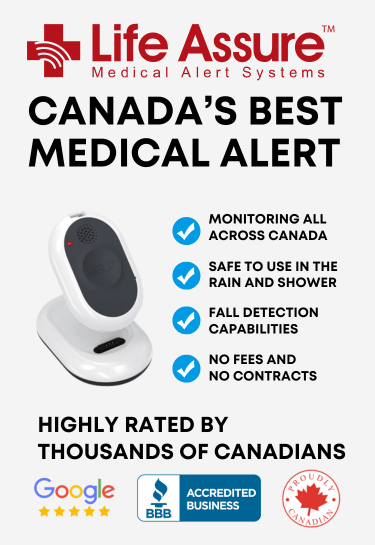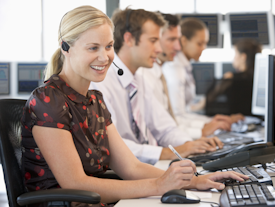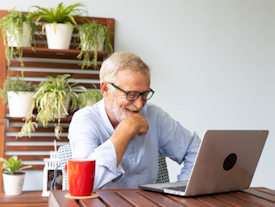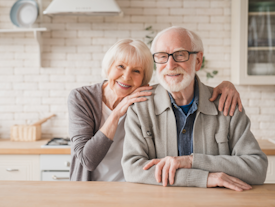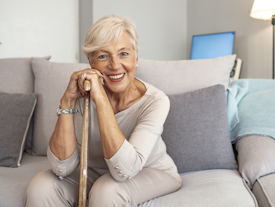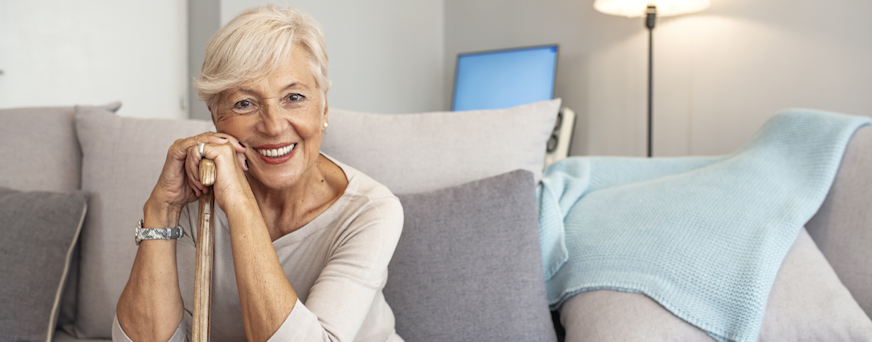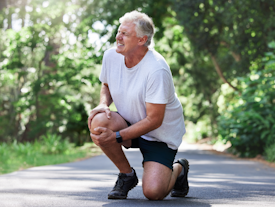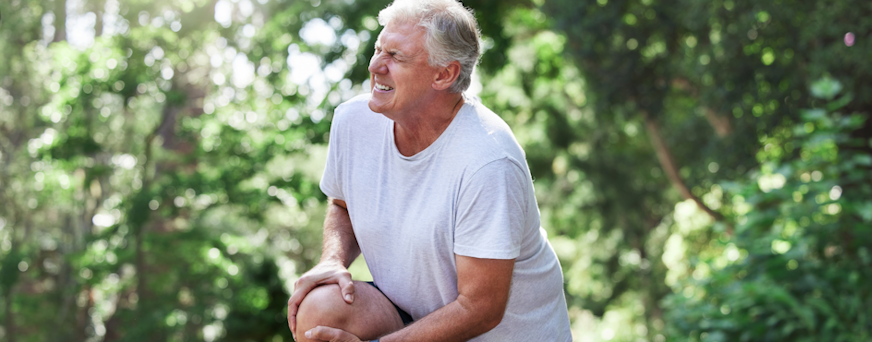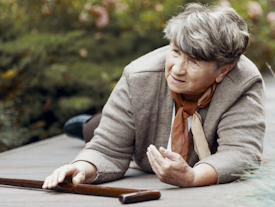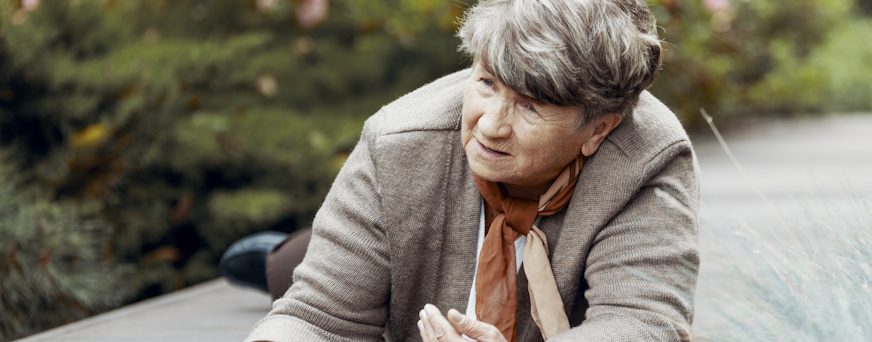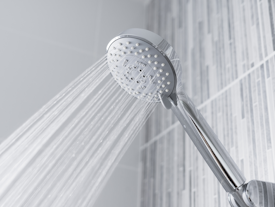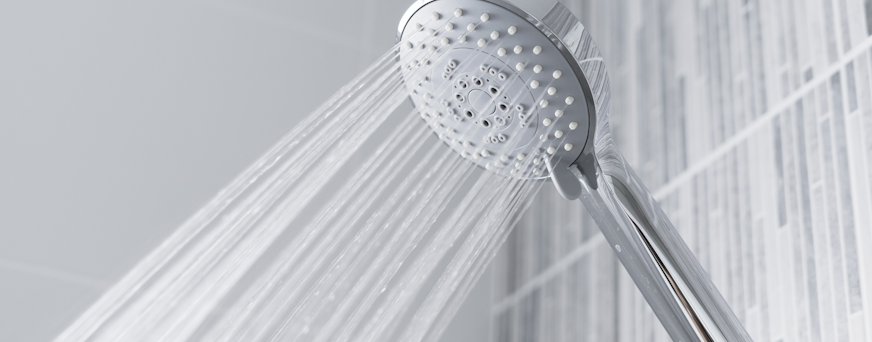Step-by-Step Guide on How to Safety a Home for Elderly Residents
With the advancement in age, the likelihood of falling or experiencing an injury-related event also rises, especially within their home environment.
One must appreciate the need to maintain the safety of the elderly living at home to allow them to be as self-reliant as possible and, more importantly, comfortable. Changes to homes can help reduce risks, and they are useful in enhancing comfort for seniors.
This guide on how to safety a home for elderly aims to describe general measures to ensure the protection of a home to suit elderly patients in mobility, access, and safety against possible accidents.
If families plan and make necessary changes, they and their living surroundings contribute to preventing injuries and safety.
Life Assure Product Quiz
Find The Perfect Medical Alert Device
Take our 30 second quiz and discover which Life Assure medical alert device is the right fit for you or a loved one.
Life Assure Product Quiz
Find The Perfect Medical Alert Device
Take our 30 second quiz and discover which Life Assure medical alert device is the right fit for you or a loved one.
Significance of Creating a Safe Home Environment for Elderly Residents
Aging affects the physical ability of seniors to mobilize, see, and react and as such, they are at higher risk of falls and accidents and are more prone to medical emergencies.
A safe home means avoiding falls and injuries in a home environment, senior citizens’ ability to control their lives, and avoiding living in an assisted living setting.
Also, it will reduce incidents of accidents and thus reduce inconveniences that may be caused to elderly residents and their families by ensuring that the risks are controlled.
This safety also promotes the health of an individual emotionally as it erases stress and anxiety that are associated with accidents. Thus, families must be proactive to prevent possible hazards and transform a senior’s living space so that the elderly can live happy and safe lives.
Tips On How to Safety a Home for Elderly Residents
Here are some tips on how to safety a home for elderly effectively.
Assess the Home's Current Condition
The first way to make a home safe for older people is the preliminary assessment of the existing situation. Check for signs like unsteady floors, slippery floors, a lack of light, and objects that may obstruct your path.
Make sure the corridor width is at least doubled, then inspect all furniture settings to ascertain corridor width. Moreover, check the wiring of the home for loose wires, and if there is any bad connection it should also be rewired or tightened.
The definition of hazards at an early stage of a project helps to classify the required changes and developments in terms of their importance. Hiring someone professionally for a walkthrough of the home security can also prove helpful.
Improve Mobility and Accessibility
Another recommendation concerned with the risk of falling is to encourage mobility and enhancements of accessibility features. A stairway may cause difficulties for the elderly resident who uses a wheelchair or a walker; therefore, ramps should be considered.
The extension of rails and bars alongside corridors and staircases also gives further support. There is also the need to widen the doors, especially for the wheelchairs, and light switches should also be well placed and accessible from high and low places.
Also, non-slip mats should be placed in areas that people usually frequent, and any trip hazards, such as extension cords or loose rugs, should be eliminated.
Additional measures such as automatic/motion-sensitive lighting also contribute to improved visibility and easy movement, especially at night when most incidents of falls occur.
Improve Kitchen Safety
Kitchens are very dangerous for the elderly in particular because they are full of sharp-edged tools and hot surfaces and require the occupants to be on their feet while preparing food.
To achieve this, start by making sure that items that are often used are placed within easy reach hence avoiding bending or the use of stools. Do not use appliances with outlets that are heat-producing, and be careful so that you do not cause accidents such as fires or burns. Stove guards, as well as knob covers, can also be used for extra precautions.
Make sure that all surfaces are anti-slip and that the lighting provided is adequate to minimize on-cutting accidents or spilling events. It is necessary to maintain cleanliness so that the kitchen does not pose any hazards to the users who occupy the space.
Address Bedroom Safety
Regarding elderly residents, a bedroom can only be safe and comfortable at night so that aged people can have no fear or pain. Firstly, the bed must provide an optimum height that will enable one to sit in and get out of bed easily.
Position an appropriate and stable nightstand to keep items such as glasses for the eyes or bottles of medicine and a phone, among others, nearby.
Appropriate illumination is very important, and having table lamps or touch-activated lights close to the bedside can be useful when one has to move around in the dark.
Floor mats close to the bed shall be anti-slippery since falls can easily happen, and the floor should not have any obstructions that can cause tripping. If wandering becomes imminent, acquiring bed rails might be helpful as well.
Improve Outdoor Safety
Several areas need to be especially considered when it comes to seniors, such as outdoor areas. Outgoing paths, drives, yards, and other surfaces accessible to pedestrians should be smooth and clear of obstacles like falling heights, bumps, breaks, gaps, or anything that may cause people to trip.
Make sure that every step outside the building should be provided with a handrail and good lighting, particularly at night. Some coatings can be used on the outer steps or ramps to ensure that there is an increased adherence on the floor/ground.
Ensure that any furnishings done outside are well established and offer good seating to people. Some of the things that need to be done are cutting plants that have grown tall and may cause falls on people or removing green slimy substances like moss that make the surface slippery for elderly persons who may be using walking aids.
Final Thoughts
Management of the safety of elderly people is a continuous process that needs constant monitoring and repainting.
Mobility, bathrooms, and kitchens are essential areas that can keep the elderly safe and comfortable, and when some changes are made, it becomes easier to reduce risks in homes and learn how to safety a home for elderly.


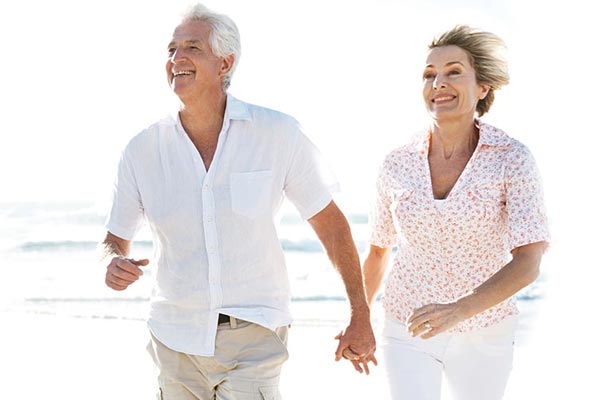
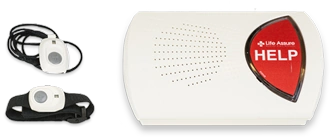
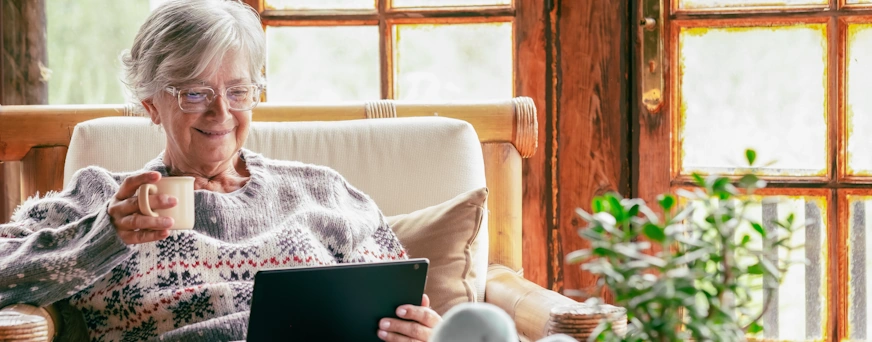
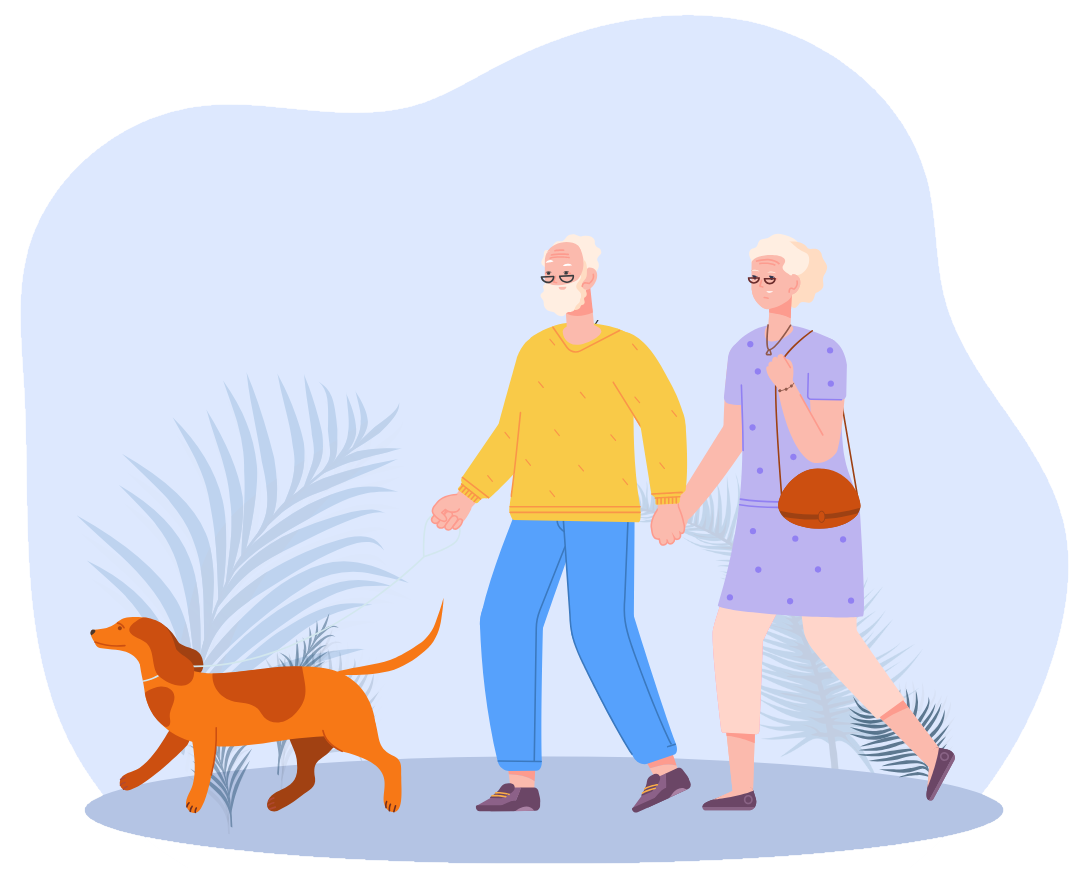
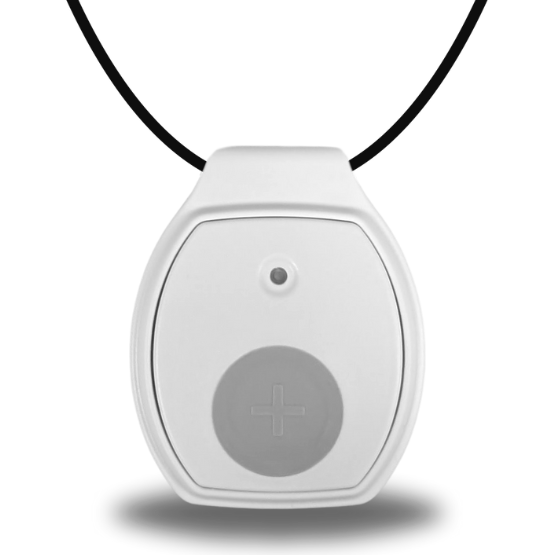


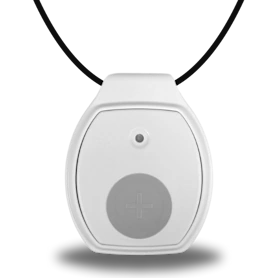
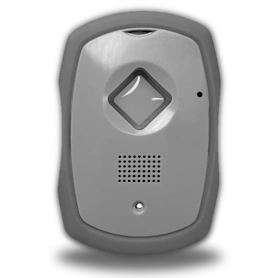
 Get Help With The Push Of A Button
Get Help With The Push Of A Button